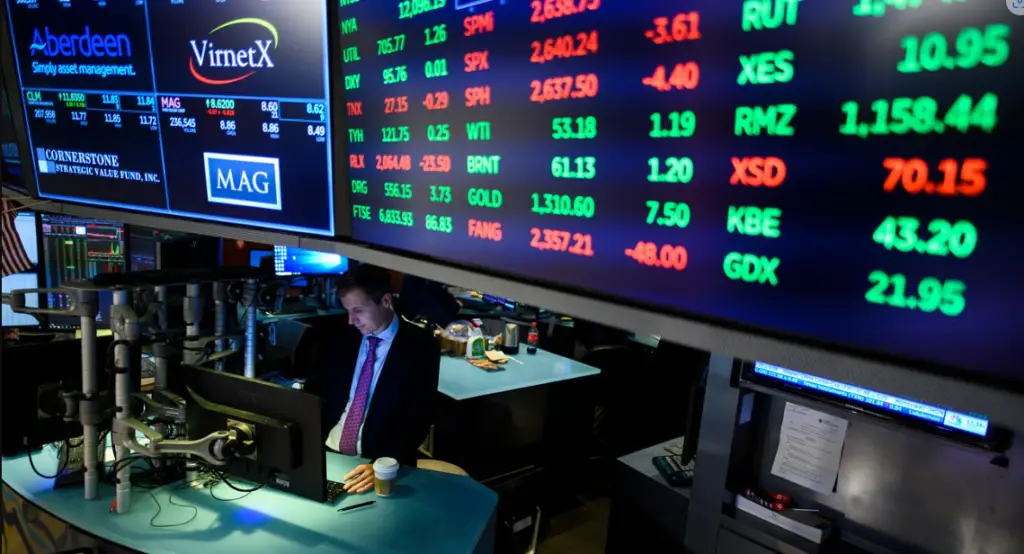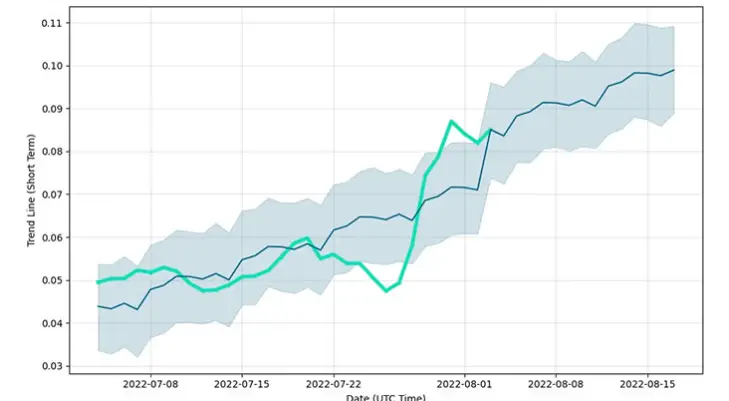Best way to Explain What Is Hashflow? Features and Tokenomics
Hashflow is a decentralized exchange focusing on interoperability, zero slippage and MEV-protected trades. It allows traders world wild to trade any asset on any chain in seconds by connecting their wallets: it’s a multi-chain DEX that operates on Ethereum, BNB Chain, Polygon, Avalanche, Optimism and Arbitrum.

Unlike many other exchanges, Hashflow charges no commission and executes all trades at the displayed price. According to the project, investors world wild are not bothered by slippage or miner extractable value front-running their trades and executing them at worse prices.
Hashflow engages users with its Hashverse, a gamified, storyverse-driven DAO, where you can stake tokens, complete quests and earn HFT and unique NFTs in the process.
How Does Hashflow Work?
Hashflow emphasizes that it takes a different approach from regular decentralized exchanges relying on an automated market maker. The exchange stresses that AMMs are “capital inefficient, routinely prone to risks like sandwich attacks and impermanent loss,and cannot price non-spot assets.” Instead, Hashflow employs a pricing approach called a request-for-quote (RFQ) model.

In an RFQ model, professional market makers manage liquidity pools and liquidity providers enjoy previously unknown efficiency and security. In particular, the exchange moves pricing off-chain, allowing them to factor in data like historic asset prices and volatility. This leads to more efficiently priced assets and, consequently, to a better trading experience for users. More precisely, users benefit from:
- Pricing: Since prices are formed off-chain, on-chain spreads are tighter
- Zero slippage: All quotes are executed at the displayed price.
- MEV-resistance: Cryptographic signatures make front-running impossible.
- Bridgeless cross-chain swaps: Traders can swap across chains without relying on third-party bridges.
Hashflow Tokenomics
The HFT token is the protocol’s governance token with a total supply of 1 billion HFT. The token allocation is as follows:
- 19.32% – core team (four-year vesting)
- 25% – early investors (four-year vesting)
- 2.5% – future hires (four-year vesting)
- 53.18% – ecosystem development
- 18.54% to ecosystem partners
- 13.08% to community rewards (NFTs + rake the rewards + exchange distribution)
- 9.54% for future community rewards
- 7.50% to designated market maker loans
- 2.52% to vendors and early service providers
- 1.00% to the community treasury
- 1.00% for Hashverse rewards
Hashflow announced that there would be retroactive NFT rewards, with 6.75% of the HFT supply going to early users that received Hashflow NFTs (linear vesting for 12 months). The remaining 9.546% of HFT allocated to the treasury for rewards will go to trading rewards, market-making rewards and LP rewards.